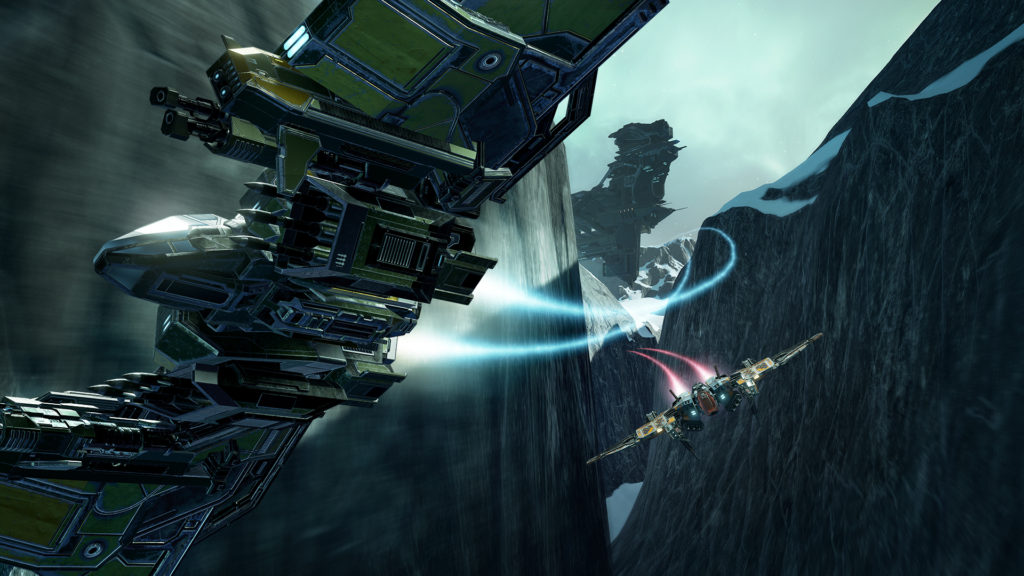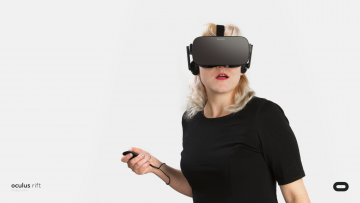
The Wonder Of Space Just Got A Whole Lot Prettier For EVE: Valkyrie
If you’re looking for a virtual reality (VR) experience that truly makes the jaw drop and quickly clues you in to the benefits of a 360 degree viewpoint you can’t do much better than checking out the wonders (and dangers) of outer space courtesy of EVE: Valkyrie. Whether it’s the basic game or any of the many additions to it since launch, such as Gatecrash, Wormholes or Groundrush the immersion level of CCP Games’ spaceship dogfighter is already a pretty compelling spectacle.
Well, the good news for owners of EVE: Valkyrie is that they may well be able to experience it at an even greater level of clarity – and soon. With improvements to surface fidelity and reactivity, the addition of “God ray” style shafts of light and other dynamic lighting and shadowing.

This is all thanks to the support of NVIDIA VRWorks technologies, whose continued work has enabled the team at CCP Games to consider and implement a new ‘Ultra’ graphics setting. Bringing much higher graphical fidelity, and by extension an even better sense of immersion to this fast-paced slice of the EVE Online universe. This improvement has been made achievable thanks to a number of developments by the NVIDIA team that CCP Games have implemented, with CCP already using NVIDIA’s Lens Matched Shading technique for rendering and GeForce support.
For instance, anti-aliasing has been improved, this is thanks to Multi-Sample G-Buffer Anti-Aliasing – a new technique developed by the team at NVIDIA that “improves anti-aliasing by further reducing visible aliasing of geometry edges and specular highlights, giving players a superior visual experience”. NVIDIA Volumetric Lighting has also been used to add to the realism of the cockpit view and making projectiles look even more impressive as CCP Games look to build on the wow-factor of a hostile, but beautiful, universe with
Pilots keen to see the changes in action should look for Ultra mode as part of the latest update to EVE: Valkyrie.
This post was originally written by the author for VRFocus.






